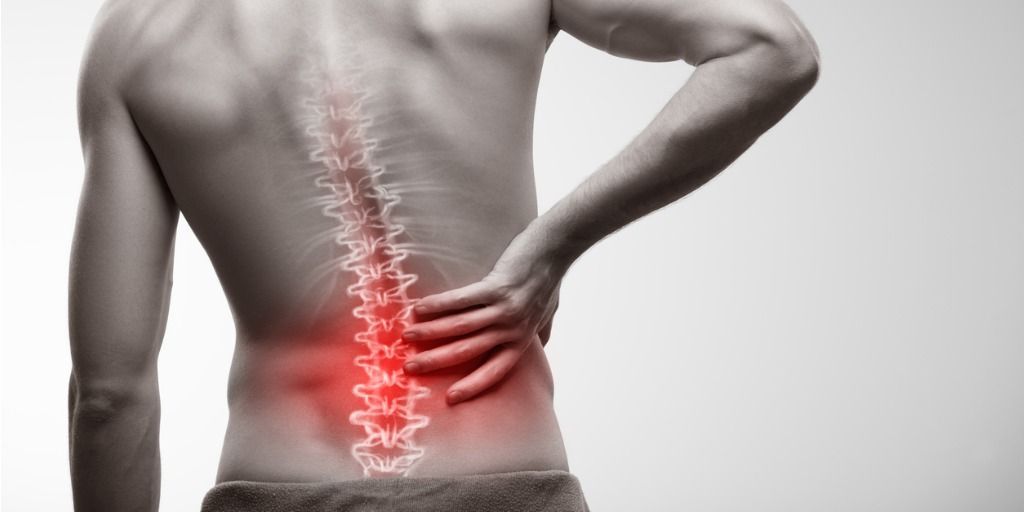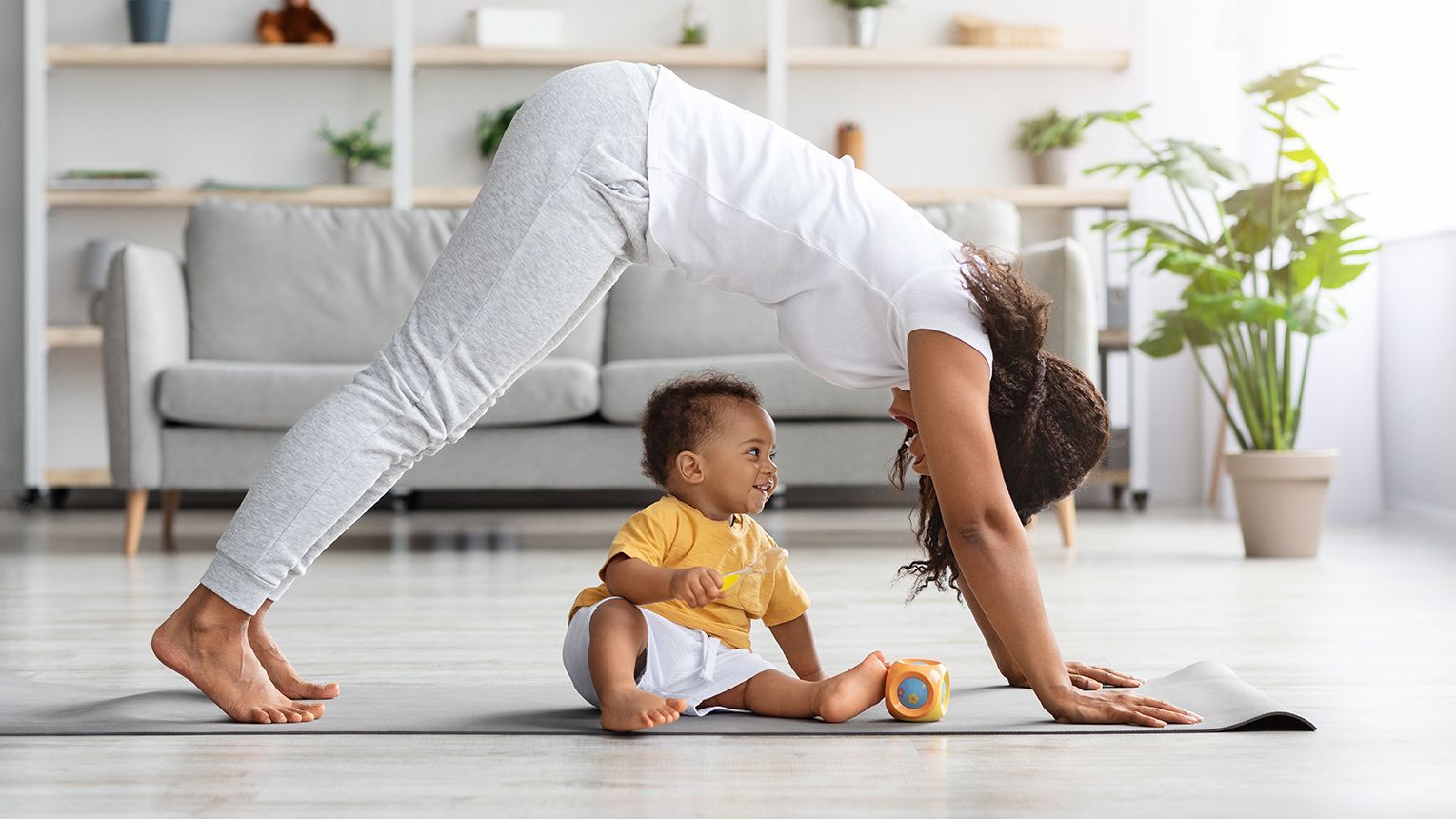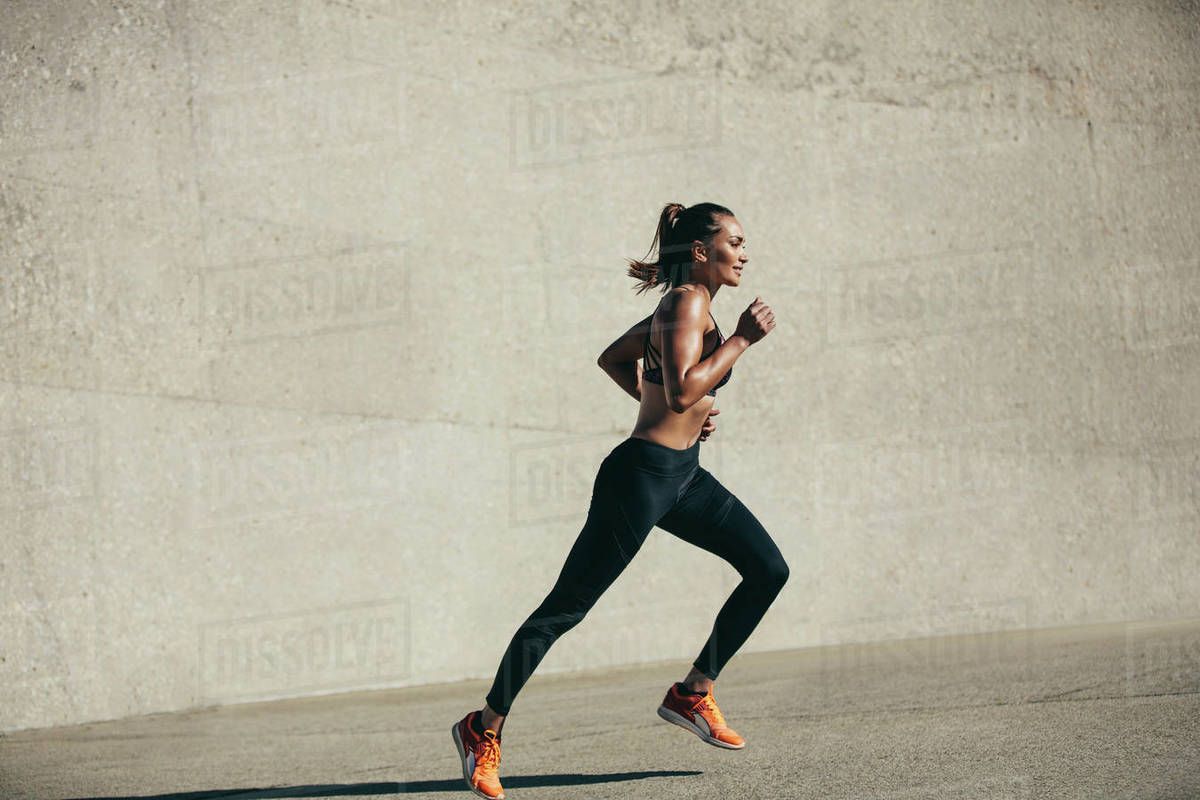Redefining Posture
The concept of good posture has long been ingrained in our minds as a benchmark for how we should sit, stand, and move. However, a growing number of people are starting to challenge this notion, asserting that the idea of “good” posture might not be as concrete as we have been led to believe. Human bodies are diverse. Each person has a unique bone structure, muscle distribution, and anatomical variation. What might be considered “good” posture for one individual could be uncomfortable for another. The notion that there is a one size fits all posture contradicts this diversity of human anatomy, for what might be considered proper posture in one situation may not be suitable for another. For example, lifting with or without an injury.
Insisting on a singular “good” posture might lead to rigidity and discomfort, as our bodies are designed for mobility, and remaining in one position for prolonged periods, even if it is considered “good” posture, can lead to stiffness and discomfort. Instead of fixating on a static posture, it may be beneficial to consider the importance of movement and variation. Research shows us that encouraging regular movement is more beneficial for overall health and comfort. Rather than dismissing the idea of good posture completely, redefining the concept could be considered. Instead of aiming for a static and rigid posture, the focus should shift towards body awareness, balance, and comfort. This allows for individual variation and more importantly,
MOVEMENT.
References:
- Saraceni N, Kent P, Ng L, Campbell A, Straker L, O'Sullivan P. To Flex or Not to Flex? Is There a Relationship Between Lumbar Spine Flexion During Lifting and Low Back Pain? A Systematic Review With Meta-analysis. J Orthop Sports Phys Ther. 2020 Mar;50(3):121-130. doi: 10.2519/jospt.2020.9218.
- Smythe A, Jivanjee M. The straight and narrow of posture: Current clinical concepts. Aust J Gen Pract. 2021 Nov;50(11):807-810. doi: 10.31128/AJGP-07-21-6083
Shanae Malpass
Workers Compensation Specialist (AEP, ESSAM)
Exercise Rehabilitation Services – WA




